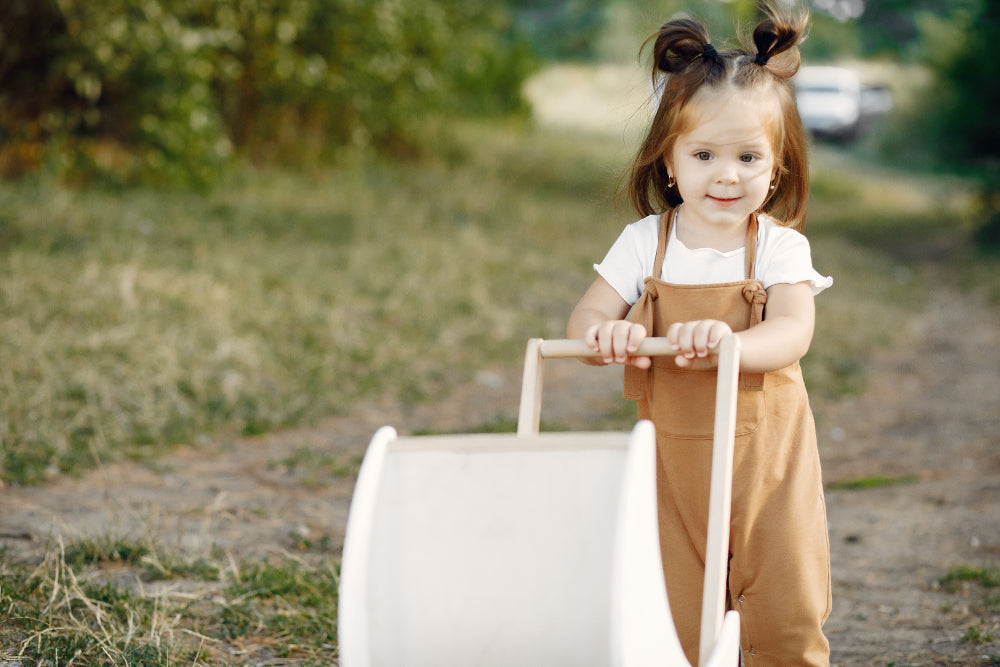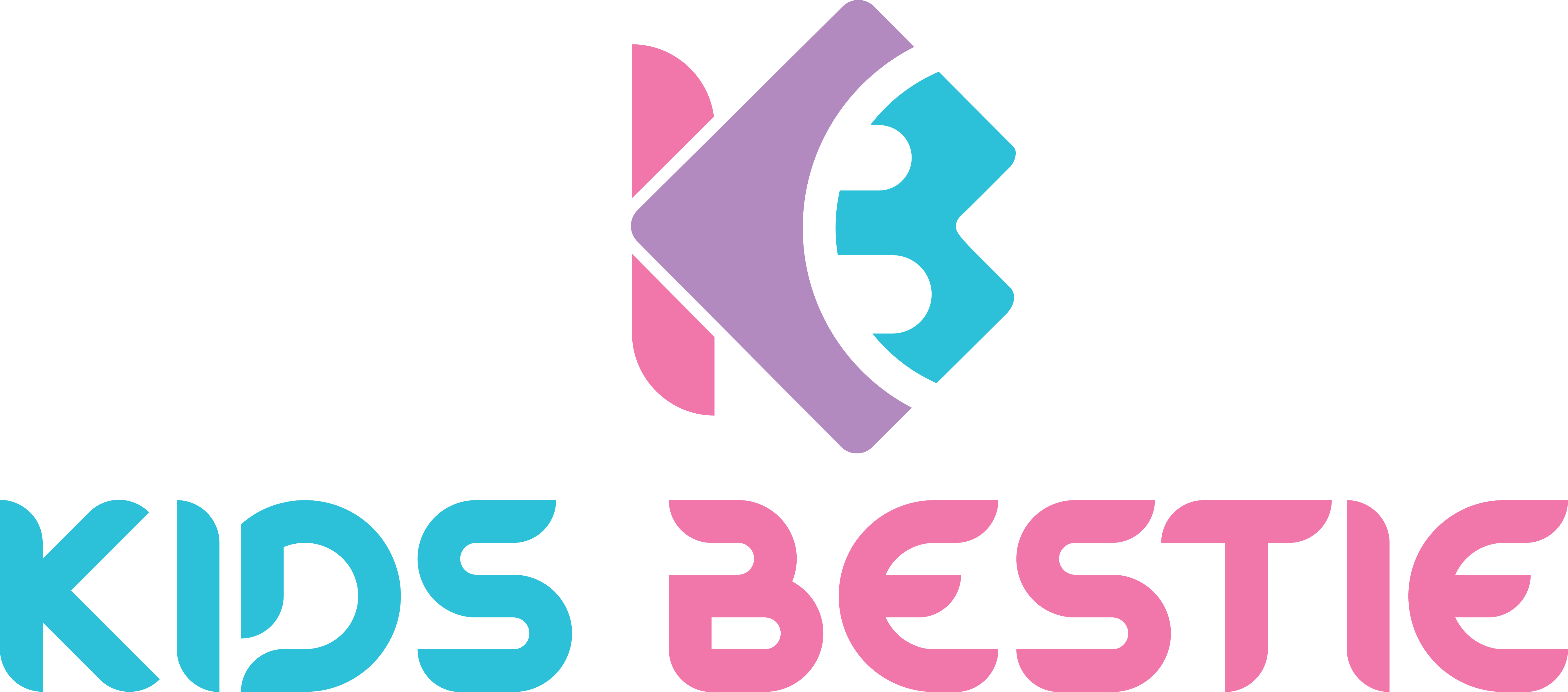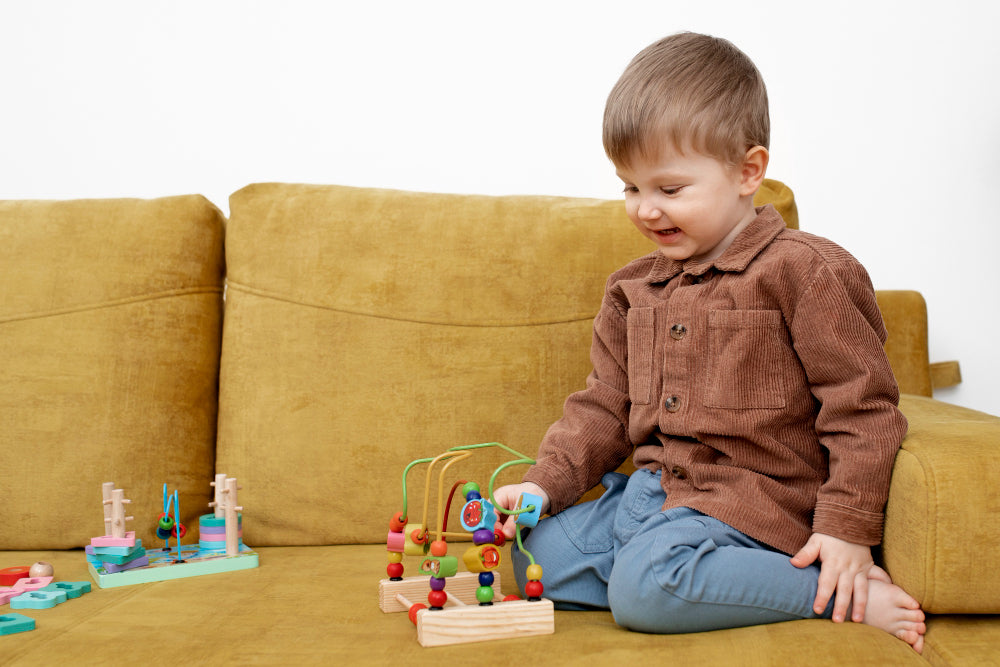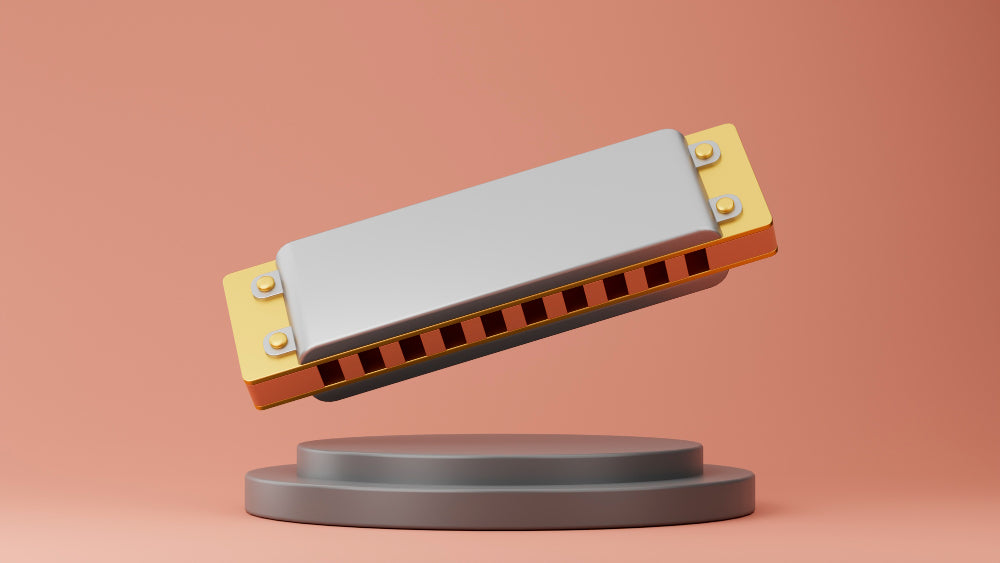
The Benefits of a Traditional Wooden Baby Walker for Early Steps
KidsBestie’s traditional wooden walkers for infants are the best choice for parents who want to find a well-thought-out developmental toy but at the same time the educational toy that will be traditional and will not...
In the digital era, parents are becoming more appreciative of the classic advantages of wooden toys to children particularly the educational traditional wooden walker produced by KidsBestie. These traditional toys do not only help in first-step support but they help to develop thinking abilities, motor and cognitive growth as well as independence and confidence in early childhood.
Promotes Natural Mobility and Discovery
The traditional wooden walkers do not restrict movement as plastic walkers do because their babies can walk at their own speed. This freedom promotes the development of a natural balance and coordination that ensures babies build the most important muscles by pushing and walking freely.
Acquires Necessary Motorized Skills and Coordination
The act of pushing a wooden walker requires physical exertion which improves leg muscles as well as fine motor control. The robust frame promotes good posture and balance, enhancing the hand-eye coordination since the children understand and master the walker when they are playing. 
Promotes intellectual development and learning
Space consciousness and concentration are important cognitive skills necessary in walking. As infants overcome obstacles or switch directions, they acquire problem-solving skills, as well as learn to estimate distances, an essential skill in subsequent academic study.
Promote Autonomy and Self-Reliance
The old-fashioned wooden walkers would enable the babies to seek freedom and do it safely. They acquire cause and effect, such as pushing the walker to move them forward, which develops their self-confidence and prompts them to explore independently.
Facilitates Sensory Stimulation and Interaction
Most of the wooden walkers include shape sorters, block puzzles or activity panels. These facilitate learning through senses whereby the visual, tactile and sound are combined to stimulate young minds to ensure that they remain interested and intrigued.
Offers Durable and Secure Design
The construction of the traditional walkers is made of natural wood which makes them safe and stable. They do not contain dangerous chemicals as compared to other plastic products and they have solid construction which ensures minimal chances of tipping and they have a safe environment where learners can study.
Practices Emotional Control and Patience
Training to use a wooden walker is a matter of trial and error and thus, a lesson in patience and strength. Babies acquire the emotional capabilities required in managing challenges without panic, which improves concentration and endurance.
Encourages Family Interaction and Bonding
The wooden walkers are that simple that parents are encouraged to be part of their learning process with the babies. These experiences help caregivers to determine developmental milestones by promoting play, which enhances the bond between them.
Provides Eco-Friendly Longevity
The wooden walkers at KidsBestie are made of wood that is sustainable, which will last a long time and can be used in other siblings. Their green materials appeal to the families that desire classic toys that do not harm the environment. 
A Multi-Functional Learning Tool
In addition to walking, these customary walkers are transformed into push toys or imaginary play wagons, with years of value added. Their adaptability ensures that the children are entertained at all levels of development as they sharpen their thoughts and motor skills.
KidsBestie’s traditional wooden walkers for infants are the best choice for parents who want to find a well-thought-out developmental toy but at the same time the educational toy that will be traditional and will not lose its essence despite age. These child-friendly classic wooden toys help in developing walking skills, confidence, and the type of thinking that prepares a solid foundation of all the learning levels in the future.
Frequently Asked Questions (FAQs)
Q1. At what age can my baby be allowed to use a traditional wooden walker?
Majority of the babies start using walkers at a time of about 8 months when they start to stand and cruise. Age-appropriate designs should be selected in terms of safety.
Q2. What does a wooden walker do to enhance thinking?
It enhances vision of space, problem solving and concentration as infants explore movement and balance in their surrounding.
Q3. Are plastic walkers superior to wooden walkers?
Wooden walkers are more stable; they are more durable and green. They promote walking in ways that are natural without restraining movement that most plastic walkers do.
Q4. Is it possible that wooden walkers aid the development of motor skills?
Absolutely. They improve balance, coordination, muscle strength and hand-eye coordination essential to early physical milestones.
Q5. Is a conventional wooden walker safe with babies?
Wooden walkers provide a stable and safe alternative with smooth edges and non-toxic finishes in the design, reducing the risk of tipping and contact with dangerous chemicals.



